This morning dawned cold, dark, and wet. Freya had arrived during the night and there was no missing her . . .

. . . which made for a delightfully gloomy breakfast in the conservatory of my hotel but put quite literally a damper on the rest of the day.
I left Salisbury at 9am and took a quick spin through the neighboring village of Wilton. I saw the stately home where the 18th Earl of Pembroke lives (he’s my age; the earldom dates back to 1501, and the family has been living in the house for 400 years) . . .
. . . and a pretty little 19th Century Italianate church covered in lichen.
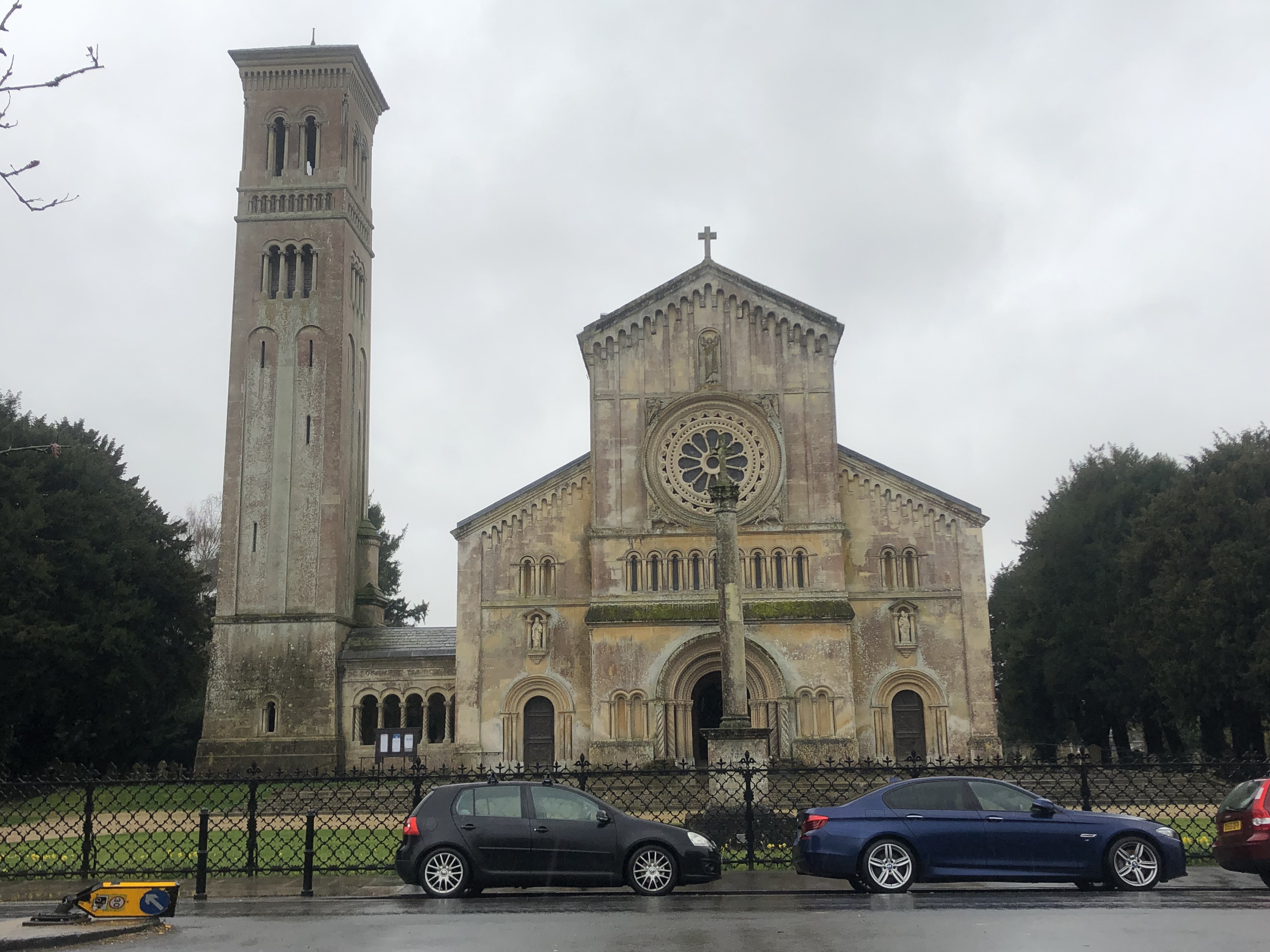
By then it was 9:30am and time for Stonehenge! I found a muddy parking spot, showed my pre-purchased tickets, and got in line for the shuttle that would take me to the famous pile of rocks. The environment wasn’t exactly mystical or meditative — despite my arriving only 15 minutes after it opened, it was already filling quickly with busloads of French school groups and Chinese tourists — but that’s basically what I had expected, and to be honest it was probably way better than it would have been in summer.
The shuttles dropped us on a rainy, wind-whipped hilltop, where a path guided us at a safe distance around the stones.
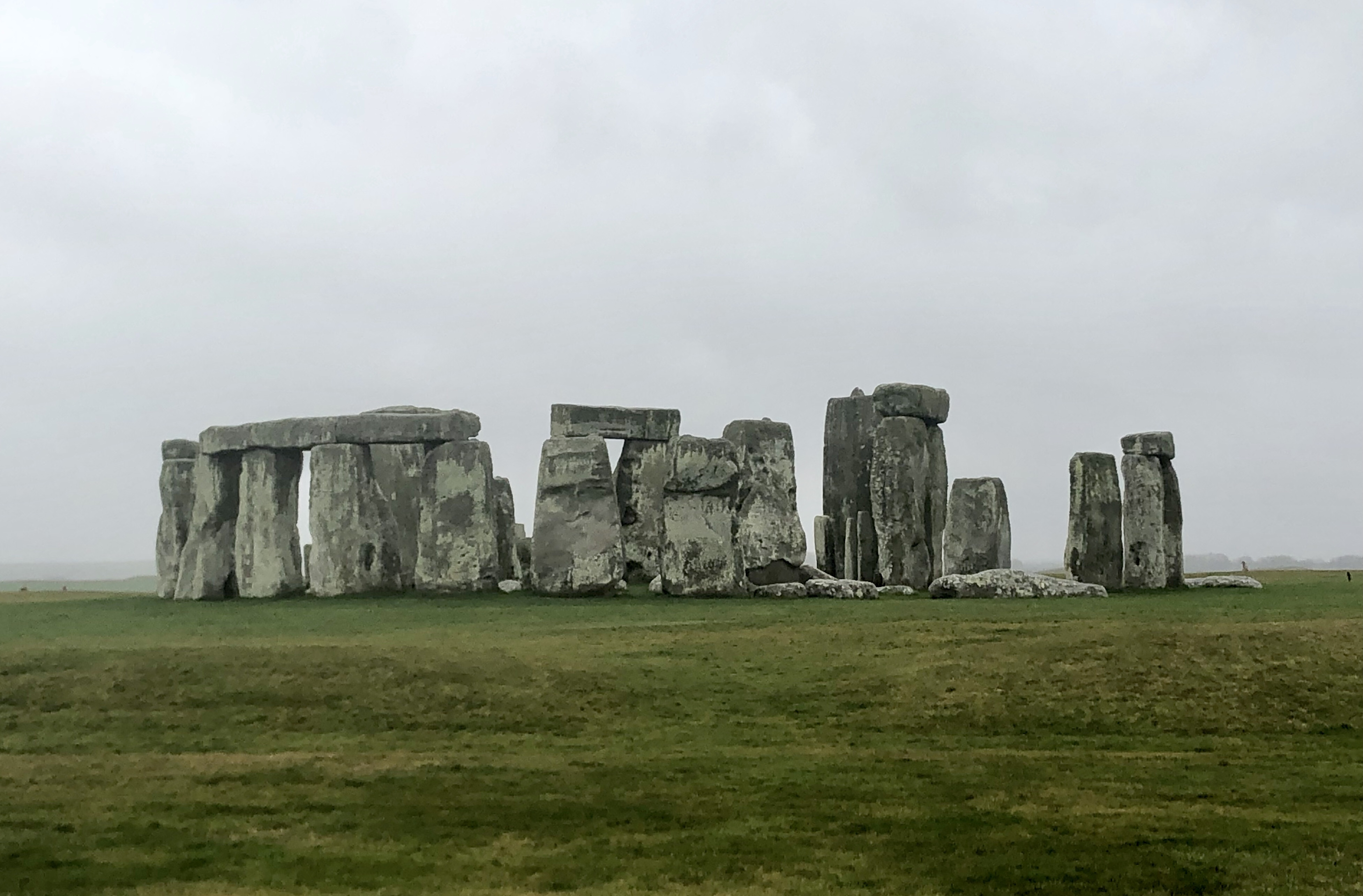
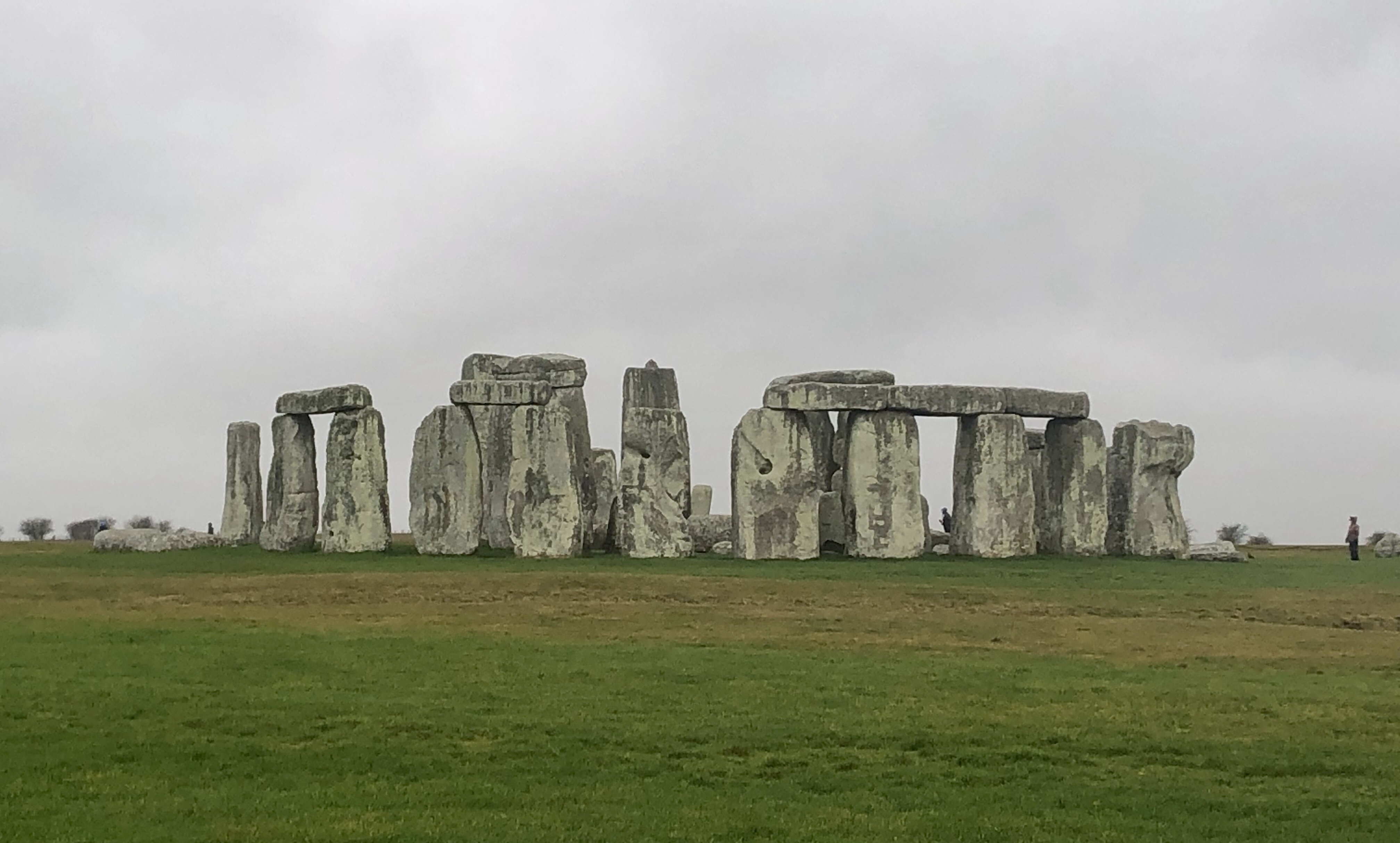

And you know what? It was actually pretty neat. I mean, this is what the Brits were doing while the Egyptians were building pyramids. Nowhere near the same scale, but still — that’s a really long time ago! And nobody really knows much about Stonehenge. All the pamphlets and interpretive signs were basically a variation on the theme of, “we don’t really know any thing about this place, but here’s our best guess.”
My favorite moment was when one of the interpretive signs told me to look away from the stones toward the surrounding hills. I realized there was a lot more going on than just the standing stones. We were surrounded by ridges and earthworks, and large burial mounds called barrows.

I appreciated seeing the evidence of a broader society. Stonehenge wasn’t just a one-off, but part of a complex of human activity.
But by then the wind and rain had become fairly unbearable, so I snapped a deceptively smiley selfie . . .

. . . and hopped the shuttle back to the visitors center. From there I drove 40 minutes north to Avebury, where I immediately ate a bowl of hot soup.

But soup wasn’t what brought me to Avebury. I was here for more stones: Avebury is the site of the world’s largest prehistoric stone circle. The massive stones stand inside a massive earthwork embankment and ditch. Because the crowds are smaller (and the stones less elaborate) we could walk right up and amongst them.

The ring runs right through the tiny village of Avebury, which consisted of a few ancient cottages, a rambling Tudor manor house, and a church dating back to the 12th Century.
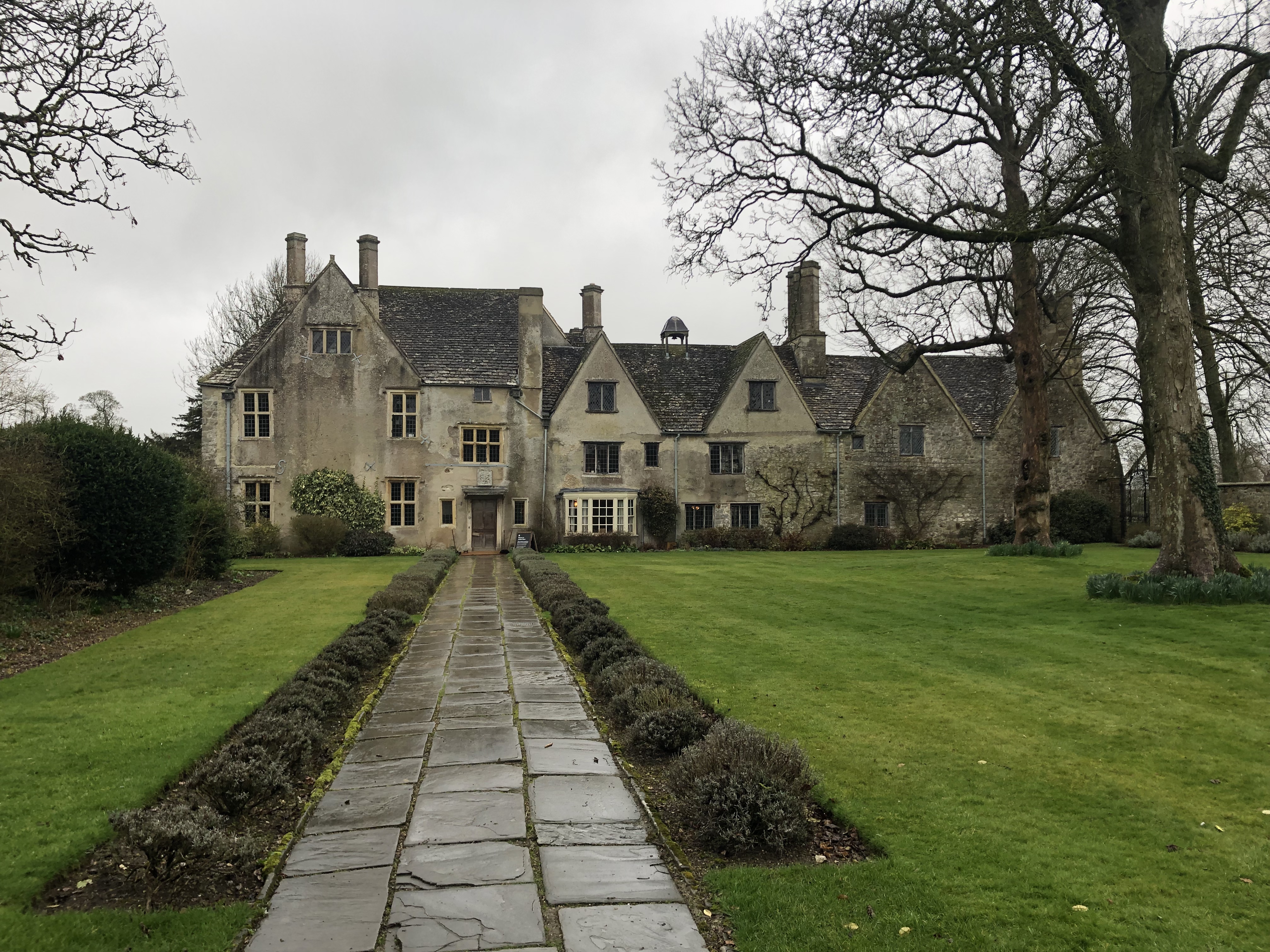
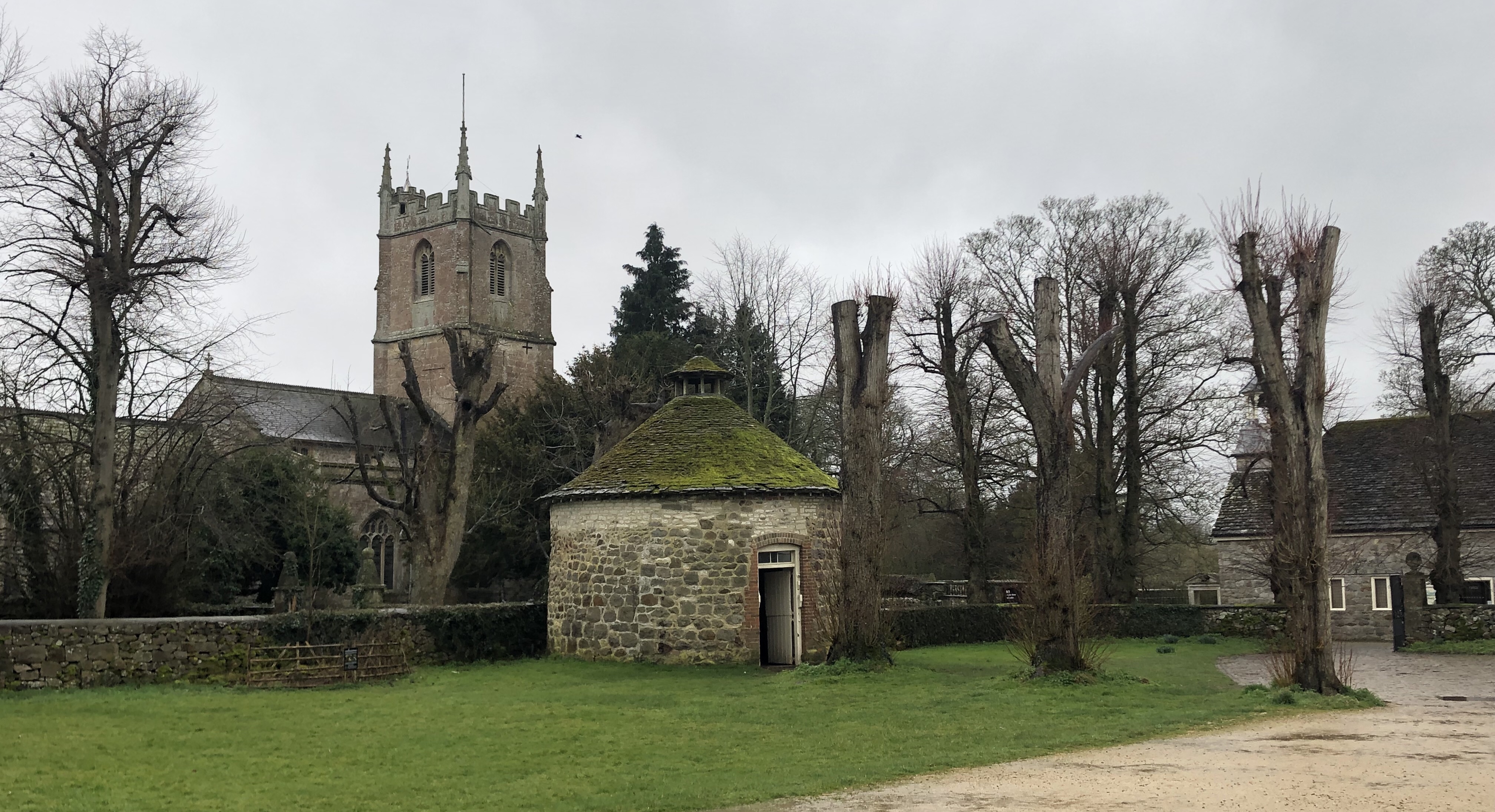

Once I had seen everything and maxed out on my tolerance for freezing wet wind, it was time to drive back to London. Or, as I discovered a few minutes later when I passed a farm and produce center with an adjacent restaurant, it was time for a Sunday roast with potatoes, cheesy cauliflower, and vegetables . . .

. . . before the drive back to congested London.

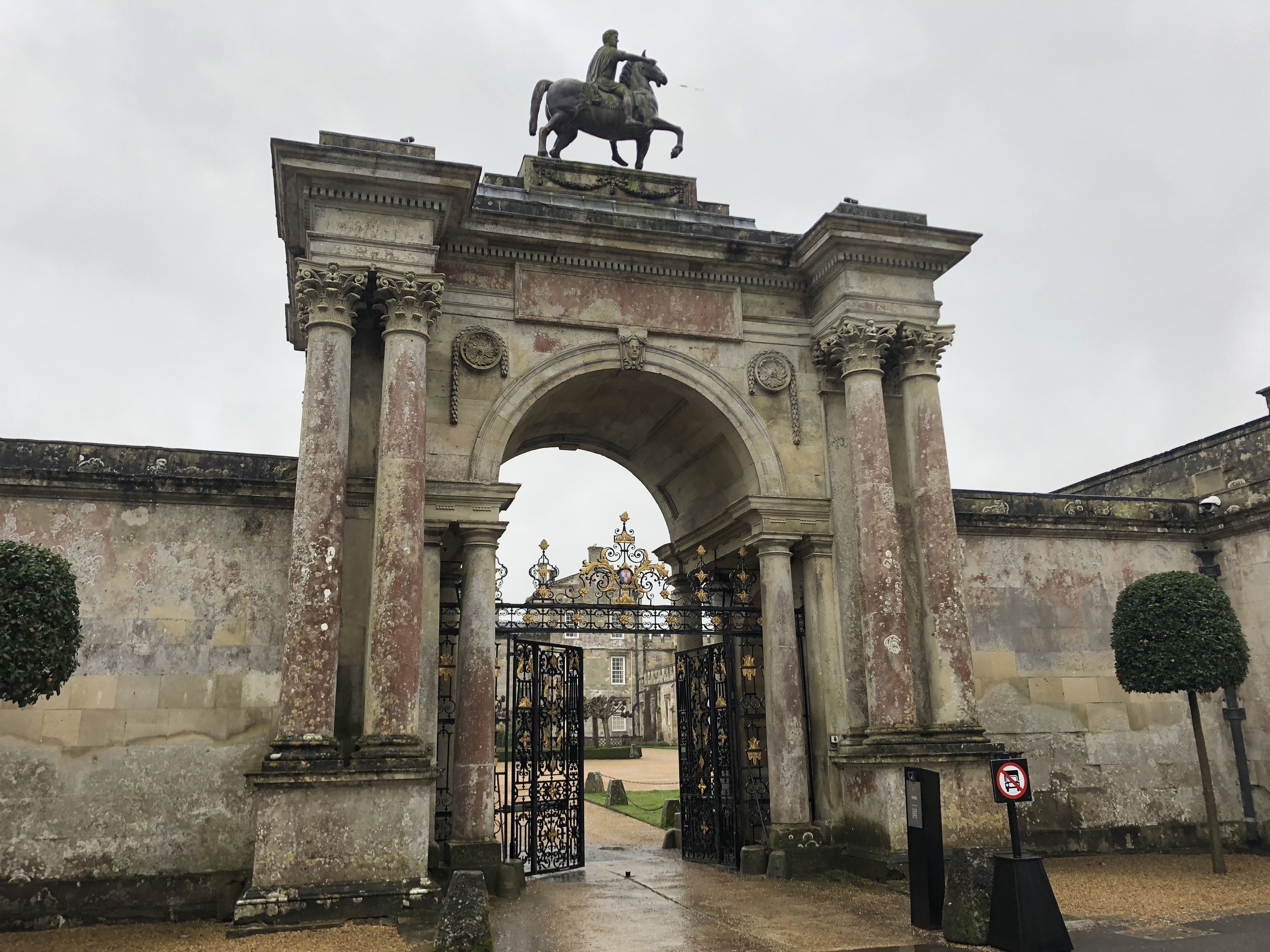

We did this exact same thing almost exactly 30 years ago. Stonehenge and Avebury on a cold March day. We did it in an American minivan (still a novelty back then) and three small children. Was your Avebury soup from Stones restaurant, by any chance? We had soup there. it was so warm and comforting on that cold day. Amazing history, right?
LikeLiked by 1 person
How funny, I had a minivan, too! The soup was from Circles in the National Trust cafe. It was exactly what I needed.
LikeLike